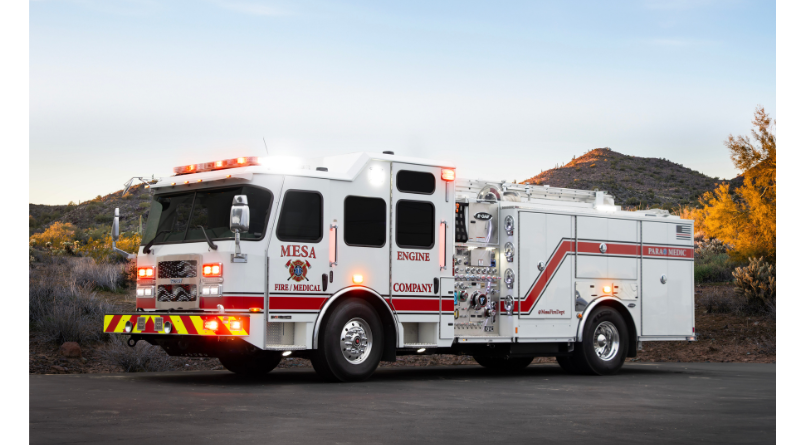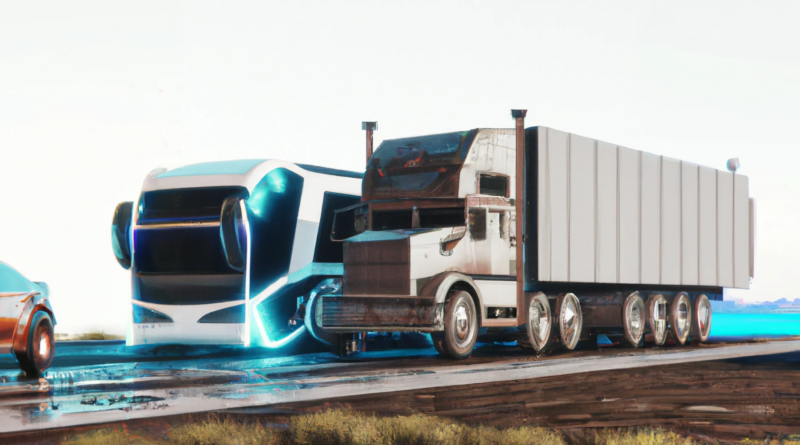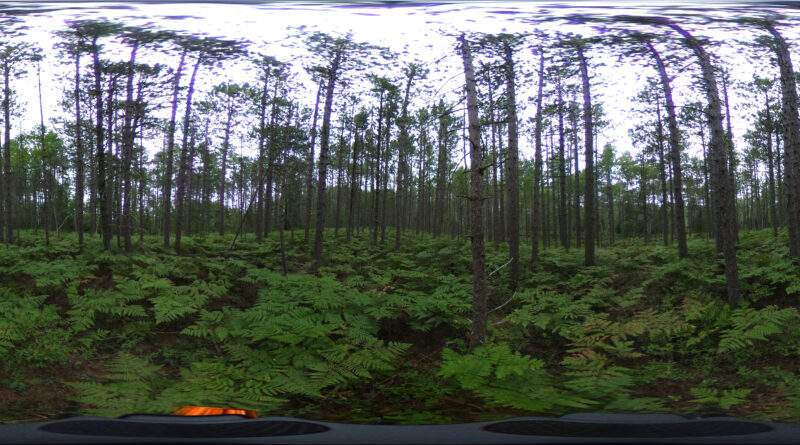Abundant, Affordable, Climate-Friendly Homes: What Part 1 of the National Definition of a Zero Emissions…
This week, the US Department of Energy (DOE) finalized Part 1 of a national definition of a zero emissions building, focused on operational carbon emissions. The long-anticipated definition includes three key criteria: energy efficiency, no on-site emissions, and all-clean power sources. Buildings following the definition will improve peoples’ health and safety … [continued]










